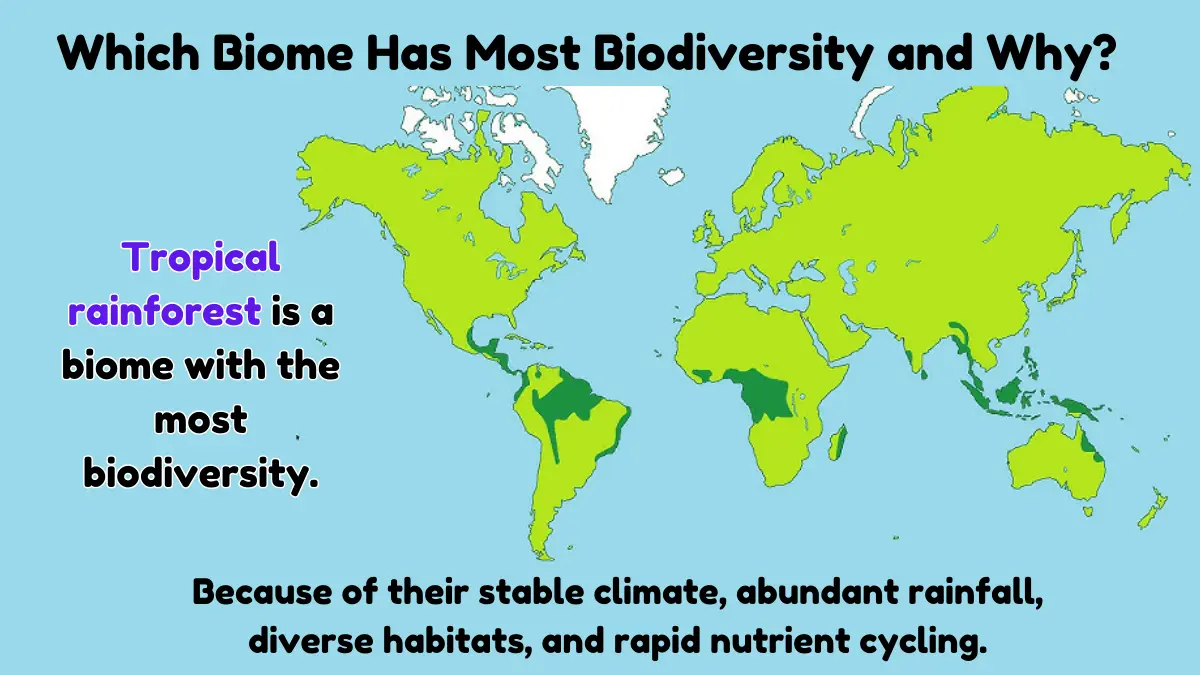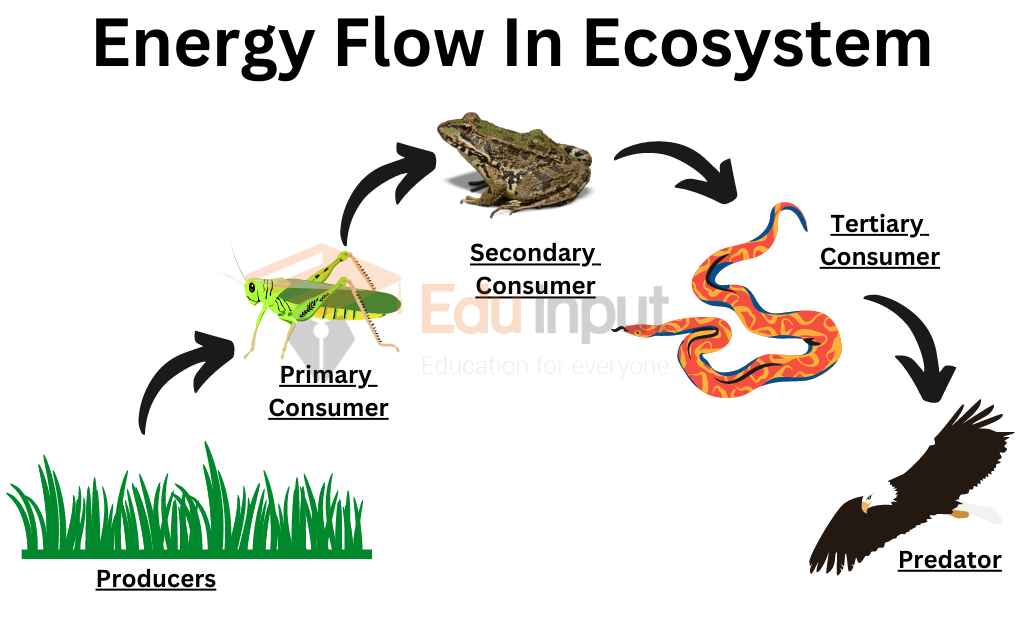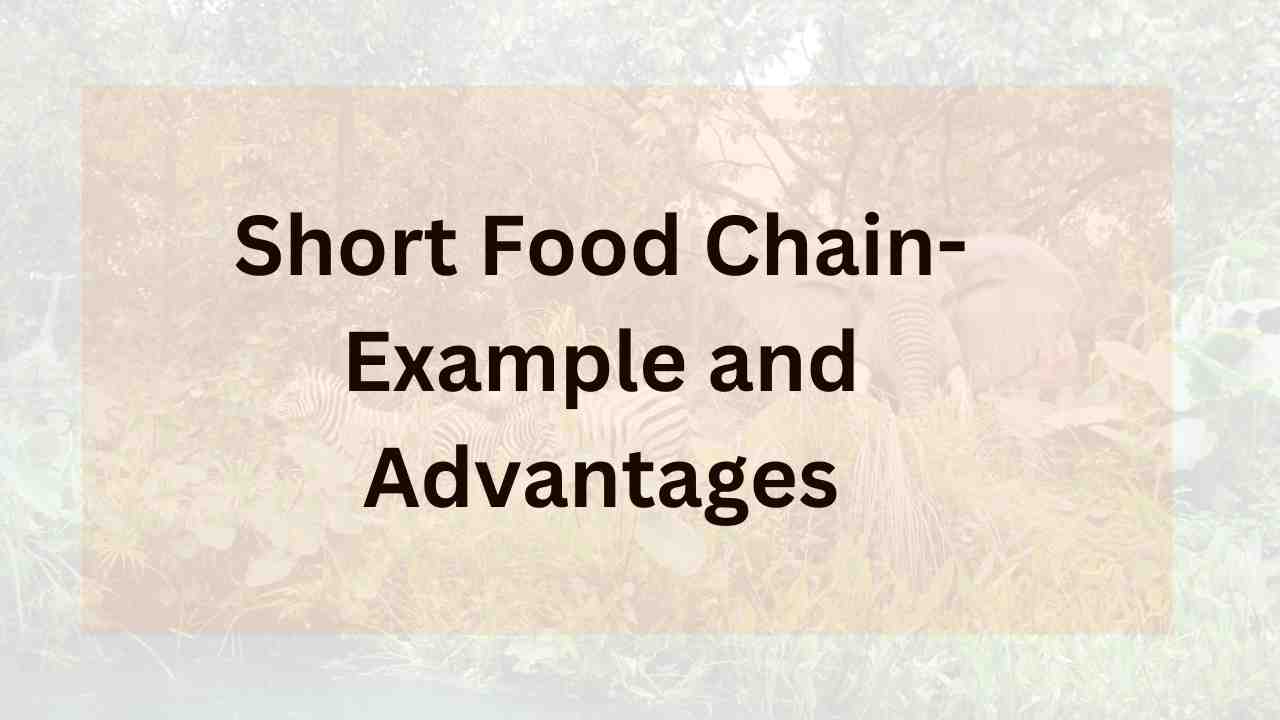What is Population?-Characteristics and Types
The population is defined as the total number of individuals living within a particular area at a given time. The population of a country or state is usually expressed as the number of inhabitants.
Population growth has always been a concern for governments around the globe. In recent years, however, the issue has become even more pressing due to the rapid increase in urbanization. This means that more people live in cities than in rural areas. The population has two aspects: the number of individuals of specie and the area occupied by them.
Characteristics Of A Population
A population shows the following characteristics:
1. Density: The number of individuals living in a unit area is called population density. For example number of wheat plants in an acre etc. The unit of density varies in different species. Density has two types:
Crude density: It is the number of individuals or biomass per unit of the total area inhabited by the specie.
Ecological density: It is the number of individuals or the biomass per unit of that area inhabited by the individual of the specie.
2. Natality or birth rate: The rate at which new individuals are added to a population in a unit of time is called Natality.
3. Mortality or death rate: The rate at which individuals are lost by death in a unit of time is called mortality. If the birth rate is more than the death rate, then the population is increasing. If the birth rate is less than the death rate, the population is decreasing.
4. Age distribution: The population distribution of different age groups in a group is called the age distribution. The age groups are pre-reproductive, reproductive, and post-reproductive.
5. Dispersion or distribution: It is the random pattern of distribution of individuals of a population over space, It may be of three types: Random: In this case, people are randomly distributed. For example, shisha trees grow randomly in the field.
Uniform: These individuals are evenly spaced. Uniform distribution occurs when severe competition is present among the plants in a forest.
Clumped: In this case, the individuals occur in scattered groups. Daily and seasonal weather and reproductive pattern cause clumping of trees.
6. Population growth: The number of individuals in the population or biomass increased in unit time is called population growth. There are different patterns of population growth in plants. Some plants have rapid growth rates. They increase rapidly and reached the carrying capacity of the field. Then their death starts due to competition and shortage of nutrients. Some populations have uniform growth rates. Their death rate is equal to birth rates. Therefore, the population remains uniform.
7. Competition: The individuals compete with each other for space and nutrients. Intraspecific competition occurs within the same population. Individuals of the same specie, compete with each other. It is more severe competition because all the individuals have the same ecological niche.
Types Of Populations
A population is defined as a collection of individuals living together in the same place over time. Clarke formed two types of populations:
Monospecific: The population of only one specie living in the same area is called Monospecific.
Mixed or Polyspecific: A polyspecific population is a group of Populations of different species living in the same.






Leave a Reply